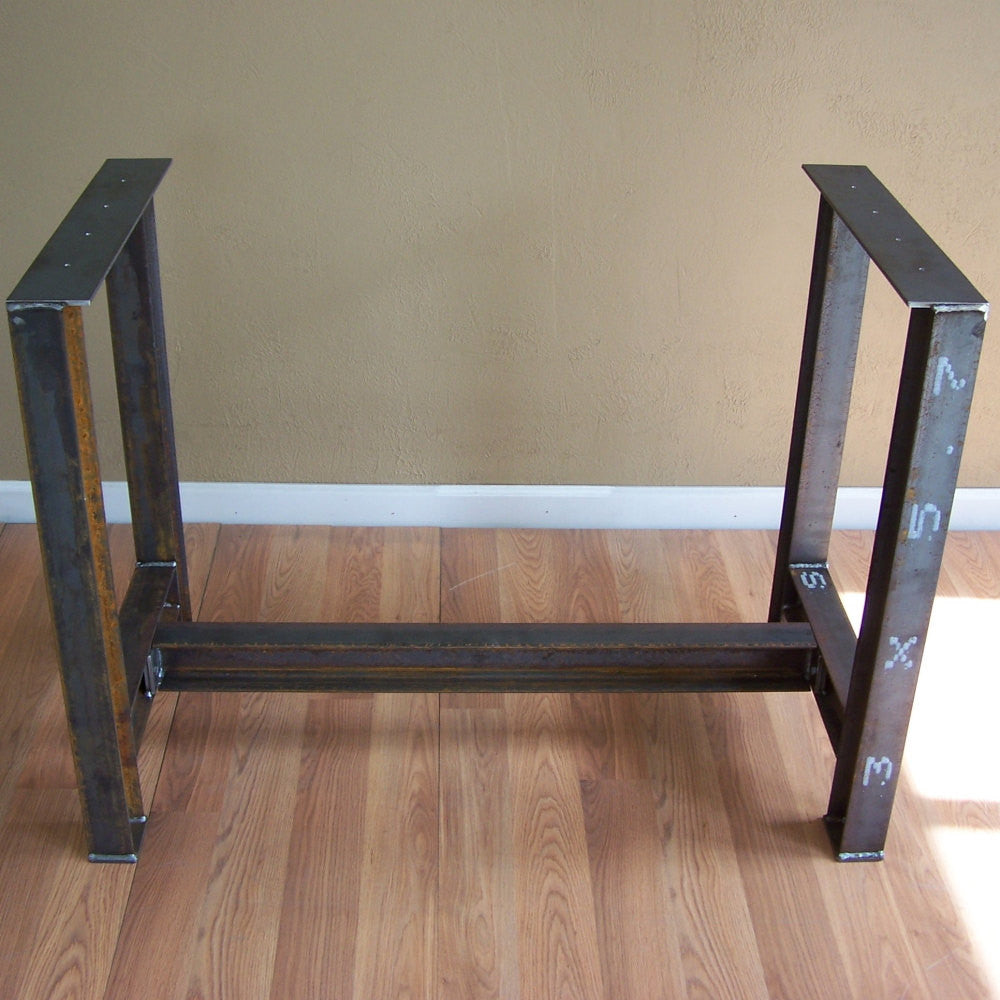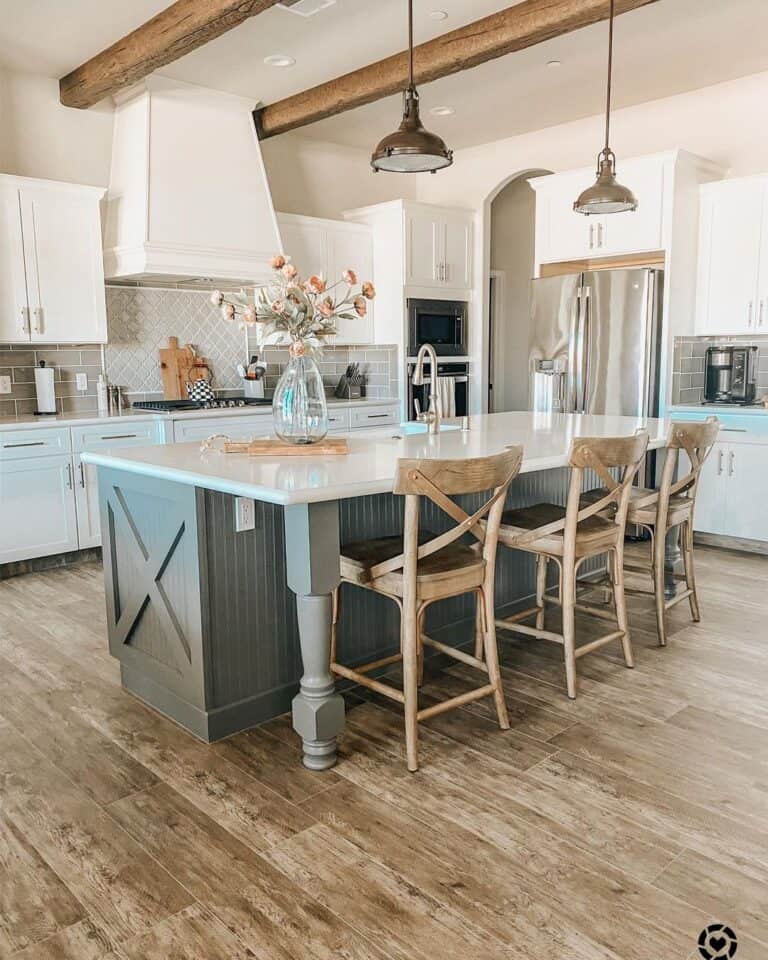An Overview to Choosing the Perfect Legs For Kitchen Area Island for Your Home
Selecting the excellent legs for your kitchen area island is a nuanced choice that influences both the performance and visual charm of this main area. As you take into consideration these elements, it ends up being noticeable that the best legs can change not just the look of your cooking area but likewise its functionality for years to come.

Comprehending Kitchen Island Legs
When picking legs for a kitchen area island, it's important to understand their useful and aesthetic duties in the overall layout. The legs function as a critical support group, ensuring security and resilience for the island, which often works as a workspace, dining location, or gathering area. The selection of material and building and construction strategy have to be robust adequate to withstand everyday use and possible wear.
In enhancement to their structural obligations, legs add significantly to the island's visual charm. They can boost the cooking area's style, whether with typical, contemporary, or eclectic designs. The height and proportion of the legs are also important factors to consider; they must harmonize with the island's countertop height while guaranteeing comfortable seating for those utilizing the area.
Additionally, the leg layout can affect the general circulation of the kitchen area. Open, airy leg styles can produce a sense of lightness, while solid, significant legs might share an extra based and steady aesthetic - Legs For Kitchen Island. Understanding these functional and aesthetic facets will certainly assist house owners in making notified options that match their kitchen's design and enhance its usability
Popular Styles and Products
The choice of legs for a cooking area island incorporates a selection of popular designs and materials, each offering unique features that can improve both functionality and looks. Among the most sought-after designs are contemporary, rustic, and traditional. Contemporary legs usually include sleek, minimal styles that emphasize simpleness and clean lines, making them excellent for contemporary kitchens. Rustic designs, on the other hand, welcome natural environments and commonly showcase redeemed wood or troubled finishes, including warmth and appeal to the space. Typical legs typically display ornate information and craftsmanship, enhancing traditional kitchen styles.

Height and Security Considerations

Stability is one more important consideration. The legs of the kitchen island ought to give ample assistance, making sure that the structure can withstand day-to-day use without shifting or tottering. Material selection plays a substantial duty in security; metal legs, for example, have a tendency to offer better stamina contrasted to wood. In addition, making sure that the island is securely secured to the floor or wall surface can enhance security, particularly for larger islands that might bear substantial weight.
Matching Your Cooking Area Aesthetic
Choosing the appropriate legs for your kitchen island exceeds capability; it also plays a substantial role in the general visual of the space. When selecting legs, take into consideration the layout style of your kitchen. For a modern appearance, smooth steel or minimal designs can produce a clean, modern ambiance. On the various other hand, standard or rustic kitchen areas frequently profit from wood legs with elaborate describing or a distressed surface, enhancing heat and personality.
Shade is one more essential factor. Legs that complement or contrast with your island's why not try here surface area and bordering kitchen cabinetry can develop aesthetic consistency or striking prime focus. Pairing dark timber legs with a light marble kitchen counter can include depth and interest. Additionally, consider the coating of the legs; matte, shiny, or distinctive surfaces can substantially affect the general feel of the kitchen area.
Installment and Maintenance Tips
Setting up cooking area island legs needs mindful interest to information to make sure both stability and aesthetic allure. Use a stud finder to situate wall studs if you are connecting the legs to a wall surface or using braces for added support.
When safeguarding the legs, use high-quality screws and, if needed, timber glue for extra toughness. For metal legs, make sure that you are making use of suitable supports and tools to avoid damages to your flooring. It is a good idea to check for levelness after setup, making changes as needed to avoid wobbling.
Tidy the legs with an ideal cleaner, staying clear of unpleasant products that may scrape the surface. By following these installation try this and maintenance pointers, you can make certain that your cooking area island legs continue to be both visually enticing and useful.
Verdict
To conclude, choosing the suitable legs for a kitchen island demands mindful factor to consider of height, stability, and visual compatibility. By selecting appropriate materials and designs that line up with the overall kitchen layout, performance can be enhanced while maintaining aesthetic charm. Proper installment and recurring maintenance further add to the durability and long life of the have a peek at this website kitchen area island. Ultimately, thoughtful leg selection plays a crucial function in raising both the practicality and layout of the kitchen area space.
When choosing legs for a kitchen island, it's vital to understand their aesthetic and useful functions in the total design. Open, airy leg designs can create a sense of agility, while strong, substantial legs might convey a much more based and stable visual. The legs of the cooking area island ought to give appropriate assistance, making sure that the framework can endure day-to-day usage without changing or wobbling.Setting up cooking area island legs requires careful focus to detail to guarantee both security and visual appeal.In conclusion, choosing the ideal legs for a kitchen area island necessitates cautious factor to consider of height, security, and aesthetic compatibility.